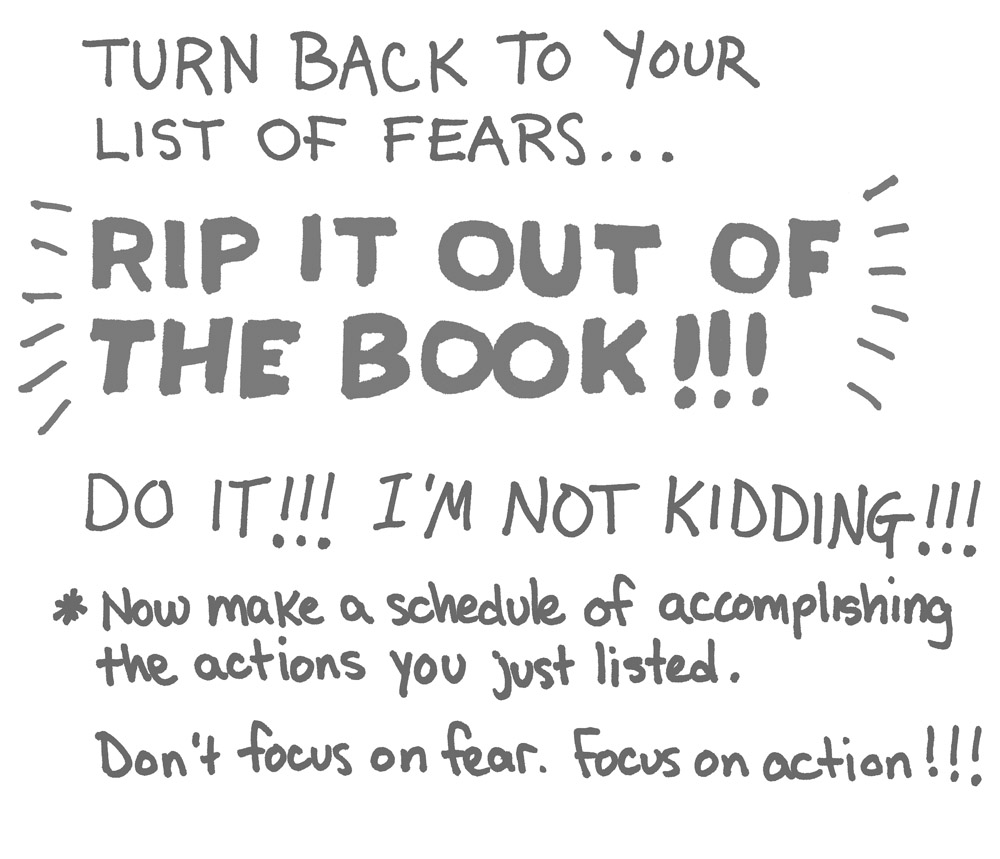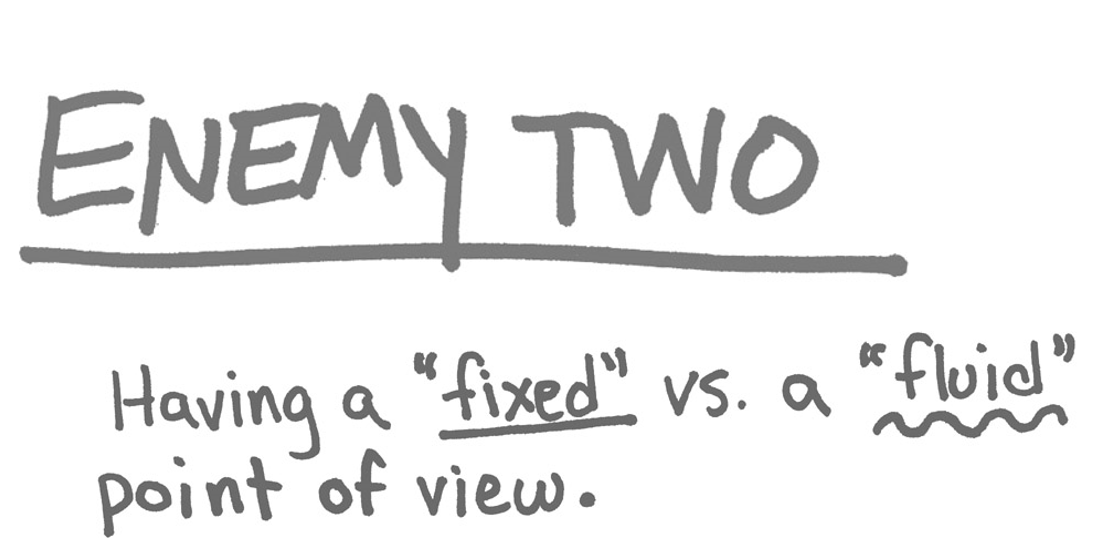Westside Toastmasters is located in Los Angeles and Santa Monica, California - Westside Toastmasters on Meetup
Exercise
What Would You Do?
On this page, make a list of all the actions you would take if you didn't have the fears you just listed. What would you do if you could set aside those fears for a moment? If I told you to borrow my faith that it will all work out, what action could you take today?
All of us, especially those of us who are ambitious and driven, are used to advancing our own point of view. We have a particular way of seeing things, and the more focused and specific that vision is, the more successful we are.
This kind of mindset can work brilliantly in a debate, but it doesn't serve you as well when you're trying to see fresh solutions to issues or opportunities. From any one perspective, you can see only 180 degrees of the world. What you need is to see the full 360.
It's easy to forget that there are many people involved in any business transaction, all of whom have different needs and opinions. If you can shift your point of view and get inside the skin of someone else-your consumer, your supplier, the guy from R&D-you'll be able to dramatically expand the number of possibilities that you can see.
There is the hidden fallacy that if you can somehow push your own particular point of view, amplify it, and make it loud enough, everyone will fall into line. If you consider any monopoly (The Ford Motor Company back in the day of the Model T, for instance), you'll find this mode of thinking: You can have a car in any color, as long as it's black. A one- size-fits-all approach dismisses the validity of any alternative opinions.
This may seem obvious when you think about extremes (for example, a dictatorship versus an open society), but it can be hard to spot in yourself. When you're thinking about a particular problem, really peel away the assumptions you're making. 'We don't need to make cars in different colors. Nobody cares what the car looks like-it's a utilitarian appliance. All people want is to get from one place to the other.'
Closely related to this way of thinking is, 'We've always done it this way' (see Enemy Seven). Sometimes you need to ask yourself, 'If I were going into business to compete with my own company, where would I start? Whose needs are we not serving? Why do people prefer this feature in my category? Why is that important to them? How does it fit into the rest of their lives?'
The Wright brothers, inventors of the first successful heavier-than-air craft, took nothing at face value. Every inventor who was working on building an airplane at that time was re- lying on the same tables of aeronautical data that had been compiled by an earlier pioneer in the field. The Wrights challenged conventional thinking and began from scratch, questioning every assumption that their predecessors had made.
When they were trying to solve a problem, the brothers would each take one side and fiercely debate the issue, then they would change sides and argue the opposite viewpoint just as vigorously. They tested every theory this way, ensuring that they saw every issue from every angle.
To a conventional thinker, it may seem that conceding the existence of opposing views will weaken your own convictions. Paradoxically, the ability to see many sides of a situation allows you to come up with the most viable solutions. Adopt a diplomat's mindset: What is the person on the opposite side of the table thinking? What can you learn from that person?





